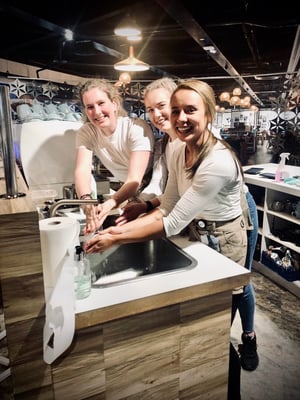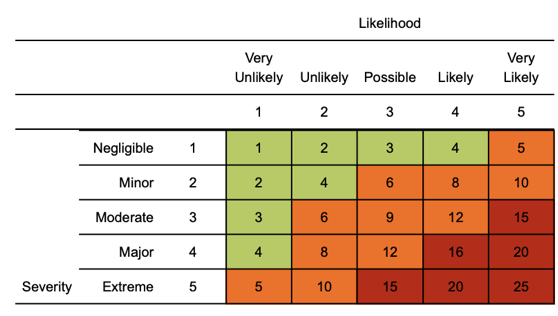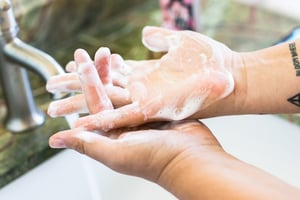If the global COVID-19 pandemic spreading across our world right now has taught us anything, it's that good personal and environmental hygiene and a deeper understanding of cleaning procedures is of the utmost importance in controlling the spread of pathogens.

We are continually learning more about COVID-19 and how it is transmitted. We know that the virus can be transmitted through coughing, sneezing and via physical contact where the virus particles can be inhaled or transferred to the next person. It has also been suggested that the virus can live on some hard surfaces for up to 72 hours. The best way to keep the virus at bay is to thoroughly and regularly clean all surfaces, especially touch points and anywhere that may have been contaminated by an infected person.
As a British cleaning equipment manufacturer, we too are operating 'business as usual' despite office staff working remotely. Our manufacturing team are still in full production capacity at our site in Mere, delivering products to our distribution network supplying the Food & Drink and Healthcare industries. We know how important it is to ensure thorough cleaning procedures are put in place for these industries, especially during a global pandemic like Coronavirus. Likewise, we know that it is equally important that suppliers to these industries also deliver on good practices.

 Please ensure a manager’s brief has been completed alerting to company specific process / procedures
Please ensure a manager’s brief has been completed alerting to company specific process / procedures